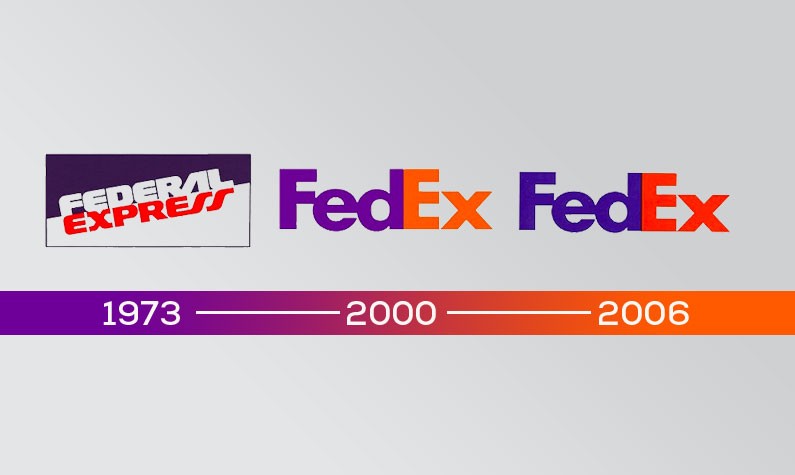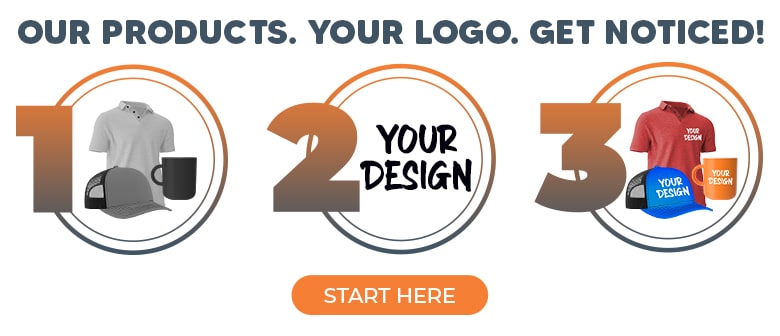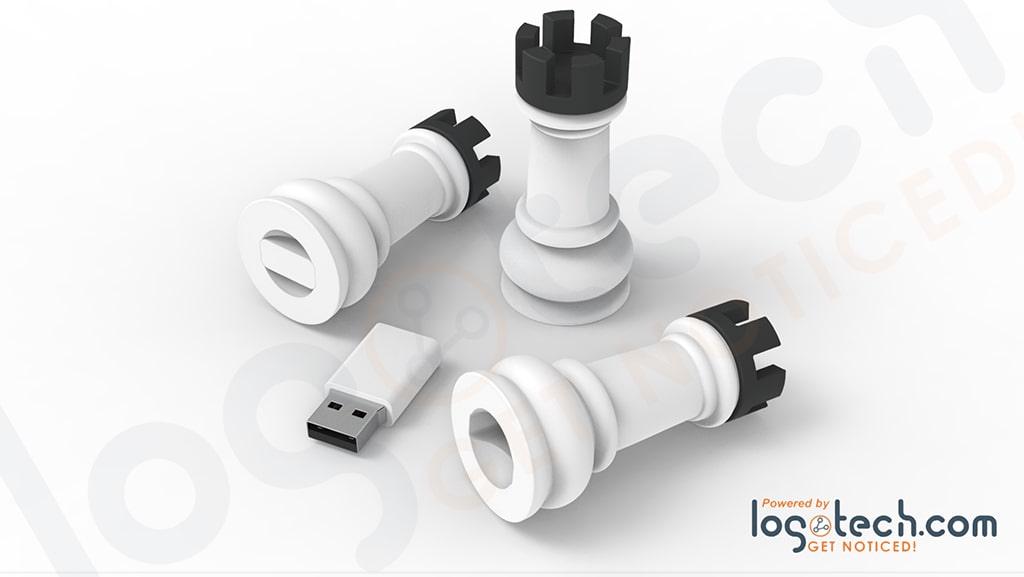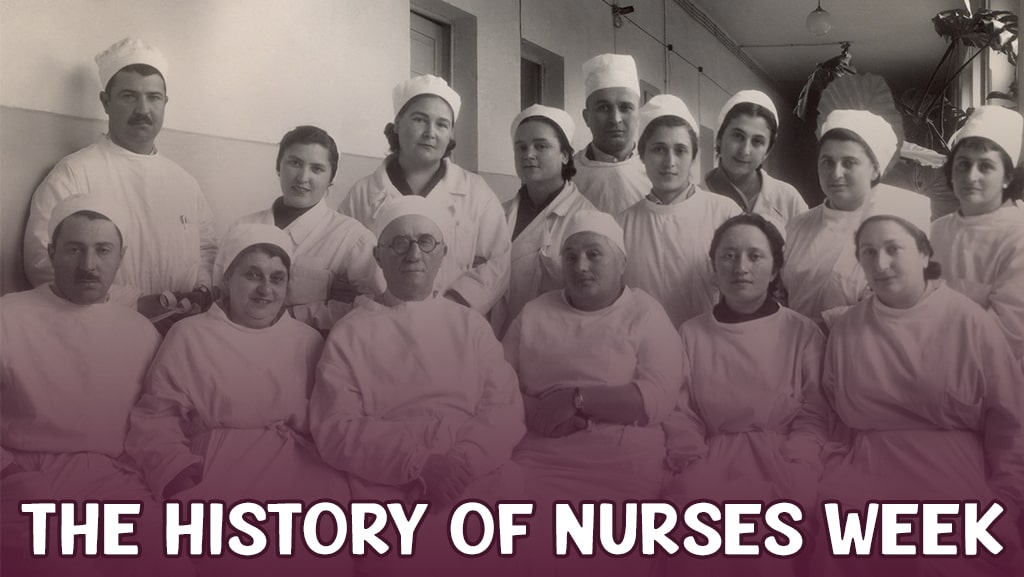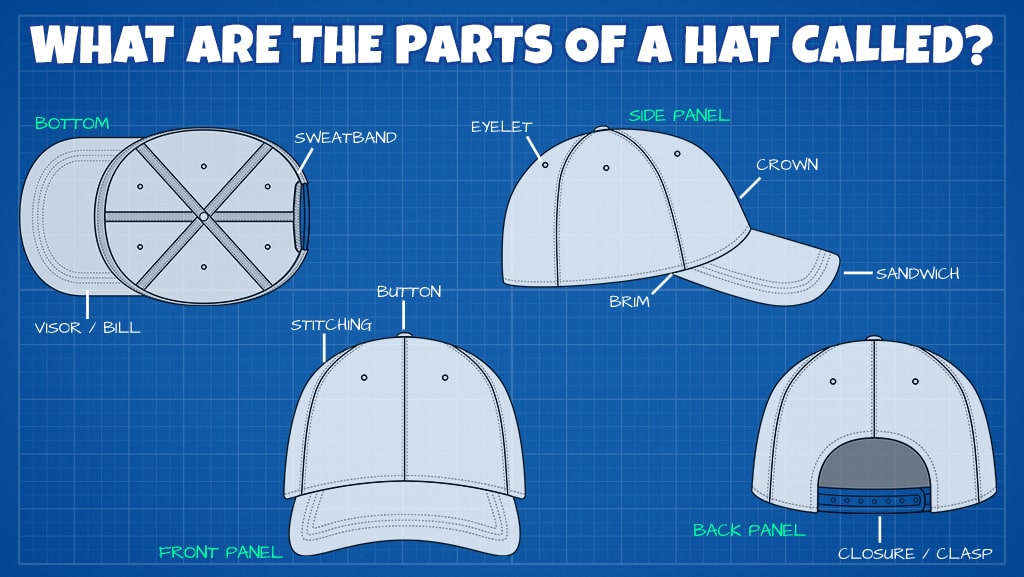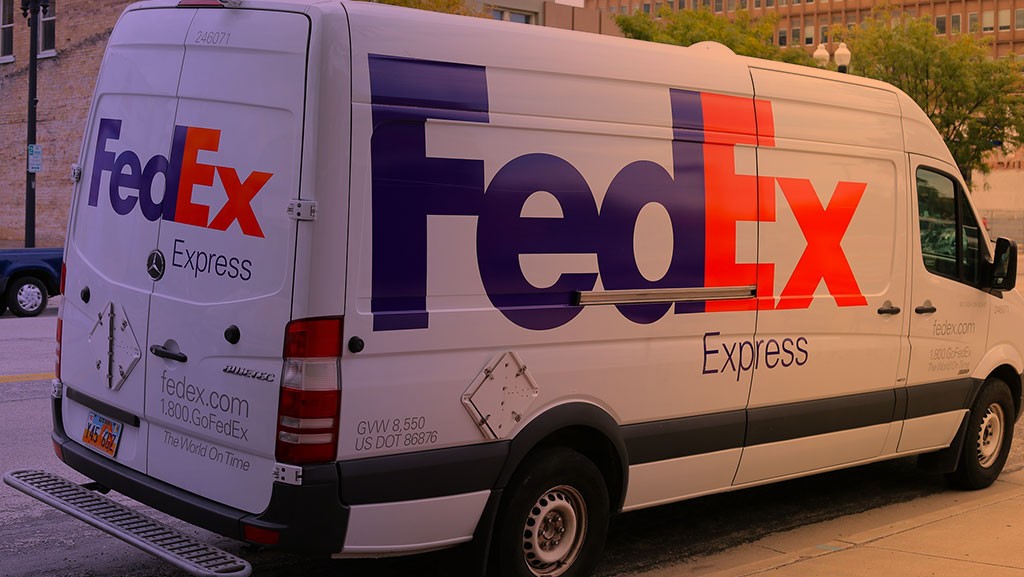
The Story of a Brand: FedEx
"I'll FedEx it" is a sentence you have undoubtedly heard a million times. When a company's name becomes a verb, you know it has done a great job with its brand. And part of the great appeal of the FedEx brand lies in its logo, which, I am sure, you can recognize if you catch a mere glimpse of it.
And that was the idea when, in 1994, CEO Frederick W. Smith said: "My trucks are moving billboards. I better be able to see a FedEx truck loud and clear from five blocks away." Let's have a look at how it all happened.
The Idea
While a student at Yale University, Frederick Smith submitted a paper in which he recognized that the world was moving towards a greater demand for mass-produced electronics and other goods. At the same time, he criticized the current state of air transportation for being inflexible and burdened by legislative regulations. Smith felt that one carrier should be responsible for each piece of cargo from pick-up to delivery. He brought his idea to fruition in 1971 with the establishment of Federal Express Corporation.
Despite initial financial difficulties (which he resolved by hopping on a plane to Vegas and winning $27,000 playing blackjack), Smith held on to his idea. In 1983, not even 15 years after its establishment, Federal Express made $1 billion in revenue. It was the first company to do so without any merges and acquisitions. And to think that Smith's professor gave him a C on that paper.
So, where does the logo come into play in all this? The initial logo spelled the full Federal Express in red, white, and blue. The American flag, anyone? Yes, the name, coupled with those three colors, served a clever purpose; people could easily associate it with the U.S. government and establish a reputation for the company. No doubt, this wise move helped the rapid growth of Federal Express, but in 1994 the picture looked quite different. The company was already establishing itself as a carrier overseas. Surveys, however, showed that people still thought of it mainly as a domestic company. That, together with the fact that customers had already coined the verb "FedEx," is why the board of directors decided to use the abbreviation to stress it wasn't just a domestic carrier.
The logo needed to reflect this change, so the company hired established branding experts from Landor Associates to handle things. This was a long process, involving more than 200 designer concepts. As you can see, the blue became purple, and the red became orange. At first, the new logo might seem much more straightforward than the old one, but that's where its depth hides. People aren't good at restraint, says Mr. Lindon Leader, author of the logo. He means that people want to add more and more details and convey complicated messages -- while risking making something harsh on the eyes, which nobody gets. And, of course, you can't blame the FedEx logo for being overly simplistic once you see it.
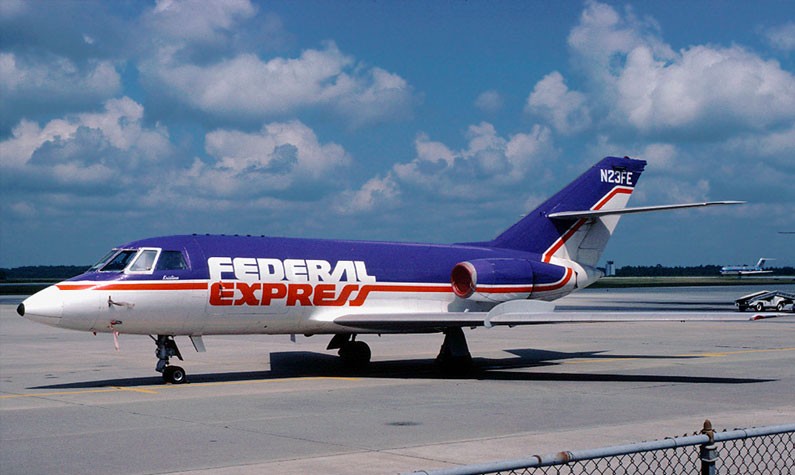
The FedEx Arrow
In 2003, this logo was ranked among the best eight logos of the past 35 years. It established its place among other giant names such as Apple, Coca-Cola, Nike, IBM, Starbucks, McDonald's, and Playboy. And that's for a reason. While playing around with different fonts, Lindon Leader understood he could add an arrow between the E and the x. He decided not to make the arrow explicit but to have it as part of the background. That way, the "Aha!" feeling people get when they spot it or when someone points it out to them has a much greater effect. Now I can no longer look at the logo without my gaze fixing on that arrow. And let's not forget what an arrow stands for: speed, precision, forward-thinking, you name it. But imagine how quickly you would forget about the dull arrow if it weren't for the clever idea to present it as a hidden symbol.
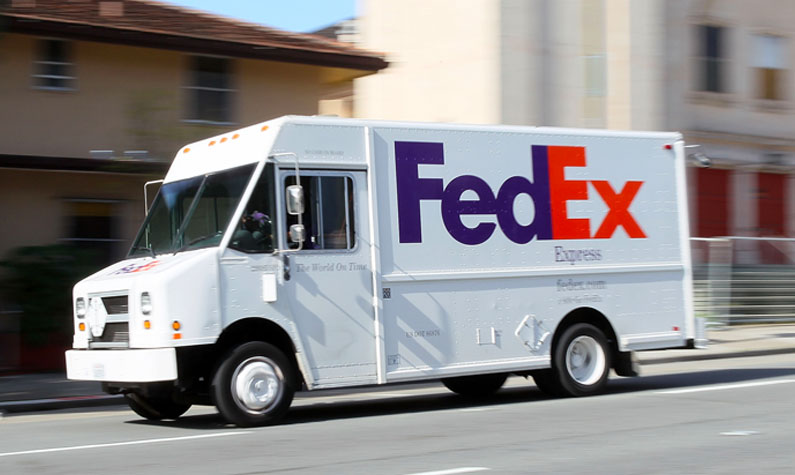
The Future
FedEx remains one of the world's largest courier companies, operating all over the world as it competes with its main rival, UPS. The company operates a large transportation network, including planes, trucks, and vans that move freight all over the globe.
However, one of FedEx's former clients could overtake them and become the largest delivery service in the U.S. Amazon, which had a partnership with FedEx until 2019, has a robust air, sea, and ground transportation network with over 1.4 million employees, which they plan to use to enter the courier market.
So, there you have it. Combine an ingenious idea with a beautiful design, and you have a formula for success. About 35 years ago, FedEx was trying to establish its reputation as a trustworthy carrier; now, it has the United States Postal Service as its biggest client. Makes you think.
Are you a huge FedEx fan or in the mail and package delivery business? Then check out the FedEx Box Flash Drive we made for the company and all the flash drives for transportation we have made.
